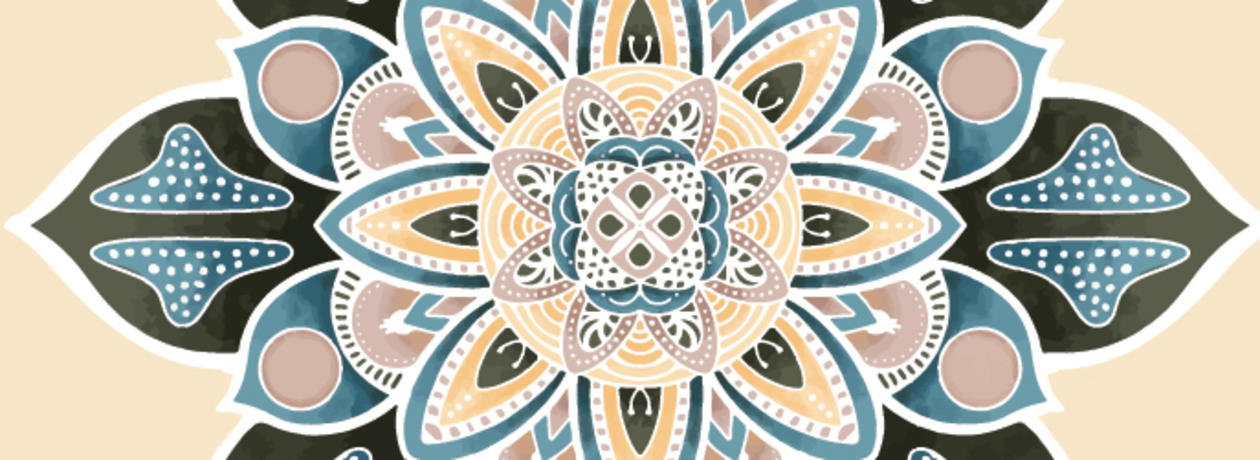
Massage for self-care
Massage is an easy way to practice self-care and is helpful for alleviating pain and promoting relaxation.

Massage is a great tool, but it is also helpful to consider what might be contributing to your discomfort and other strategies you might use to alleviate it.
Soreness and muscle tension are common issues that many of us experience. Whether you have an active lifestyle and are physically active or you are worn out and fatigued from treatment, you can learn a few massage techniques to enhance your wellbeing.
When performing massage on yourself it is important to think about what you can actually reach and do comfortably and what you may need a tool for to help you.
The goal is to use as much pressure as is enjoyable and eases muscle tension (and NOT to apply as much pressure as you can tolerate). Here are some tips:
There are many types of tools to use for massage, but be aware that you want to err on the side of light pressure to avoid tissue damage.